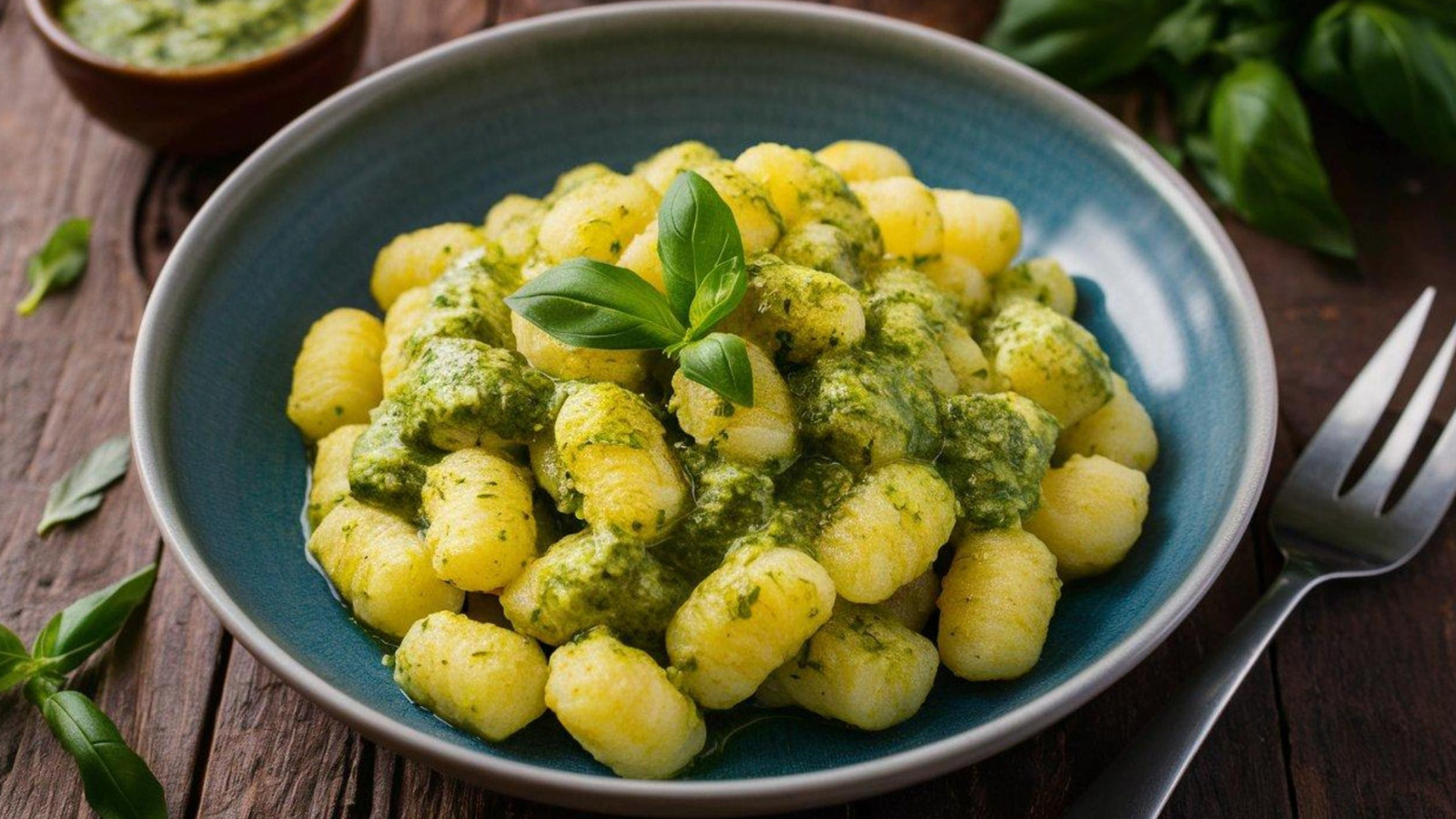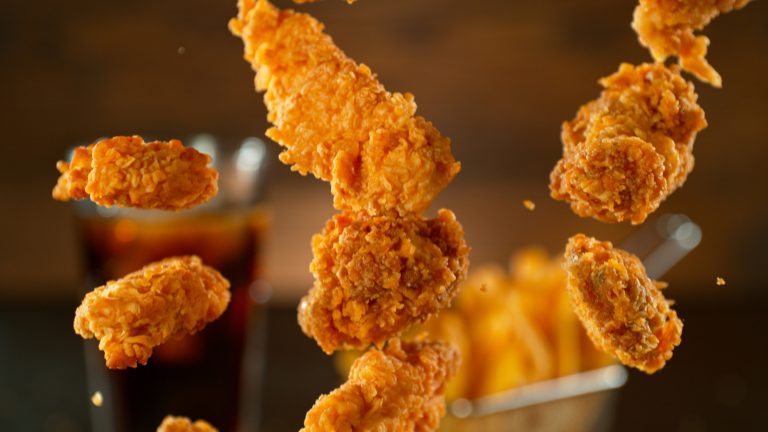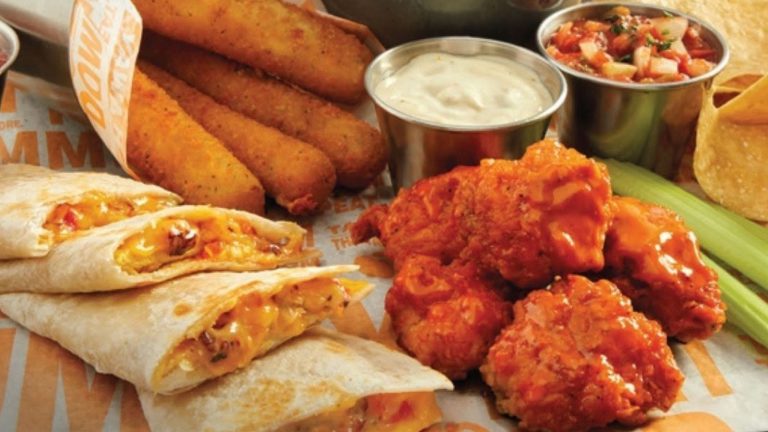We may receive a commission on purchases made from links.
Gnocchi is one of the most unique types of pasta because it’s made with potatoes or other root vegetables like this recipe for sweet potato gnocchi or this carrot gnocchi. However, flour is the other key ingredient in gnocchi, and the type of flour you choose will make or break its texture. In an interview with Tasting Table, chef Joe Isidori of Arthur & Sons tells us the best type of flour for the lightest, most pillowy gnocchi.
Chef Isidori recommends 00 flour, specifically the Caputo brand. Also known as double zero or doppio zero, 00 flour is commonly used to make pizza and pasta. It’s made with soft wheat as opposed to hard wheat, which equates to a low protein content. “Low protein content minimizes gluten development, resulting in light, tender, and pillowy gnocchi,” Isidori said. “High-protein flour can make gnocchi dense and chewy, which is not the texture you are looking for.” You can buy Caputo 00 flour on Amazon, and the company even offers a specific flour for pasta fresca e gnocchi.
Double zero flour is typical for most pasta types. However, it might not be a good idea to mix it with another type of flour when making gnocchi, according to Isidori. “[With] other pastas, you can incorporate semolina into the mix to enhance the texture, and it makes it a bit more sturdy, which is why it’s not good for pillowy gnocchi,” Isidori said.
More tips on making pillowy gnocchi
Before gnocchi becomes those light pillowy nuggets we all love, they are first a ball of dough. And forming the dough correctly is also important to achieving the perfect texture. To that end, Chef Joe Isidori gave us some crucial tips for forming and kneading gnocchi dough that starts with the 00 flour.
“I believe you should always sift your flour because it removes lumps which can create uneven pockets of flour in the dough, and it also incorporates air into the flour which makes it lighter and easier to mix evenly with other ingredients so your gnocchi is more delicate,” he said. “But whether you sift or not, [the] bottom line is you don’t want to overwork the dough.”
Overworking dough is a problem that plagues other types of bread like biscuits, as well as pie crusts, causing an unpleasantly tough texture. Kneading gnocchi dough to excess will develop the gluten, which is exactly what you don’t want to do, according to Isidori. Along with using the wrong flour and overworking the dough, another mistake people make with homemade gnocchi is using the wrong tool to process the potatoes. A potato ricer or grater would be ideal because they serve the same purpose as the sift does for flour, introducing air into the dough to maximize its lightness.






